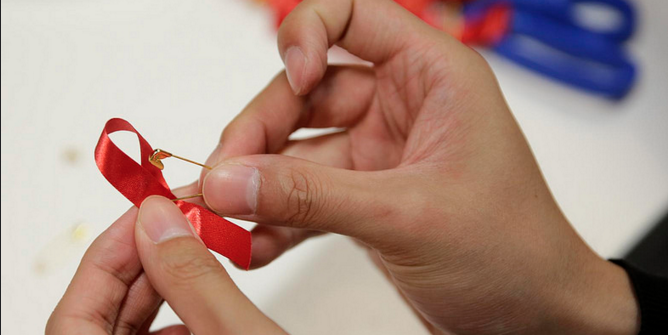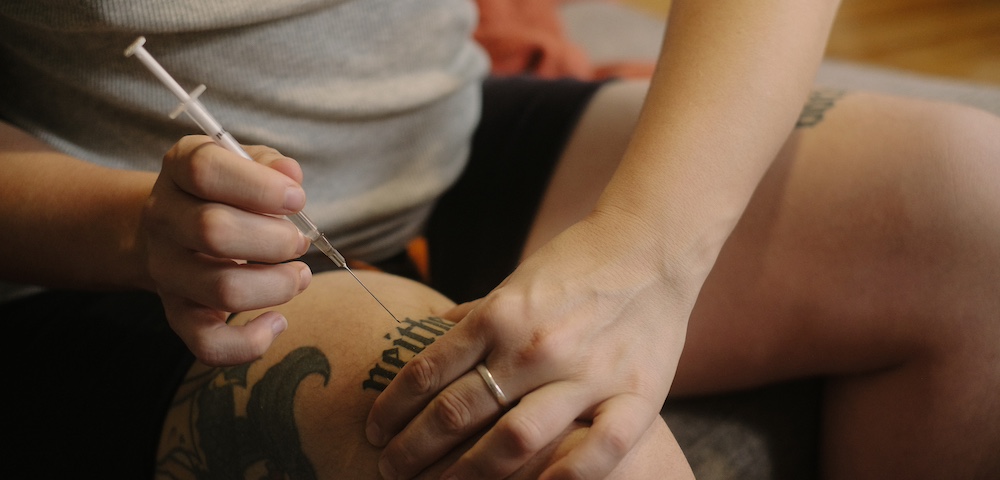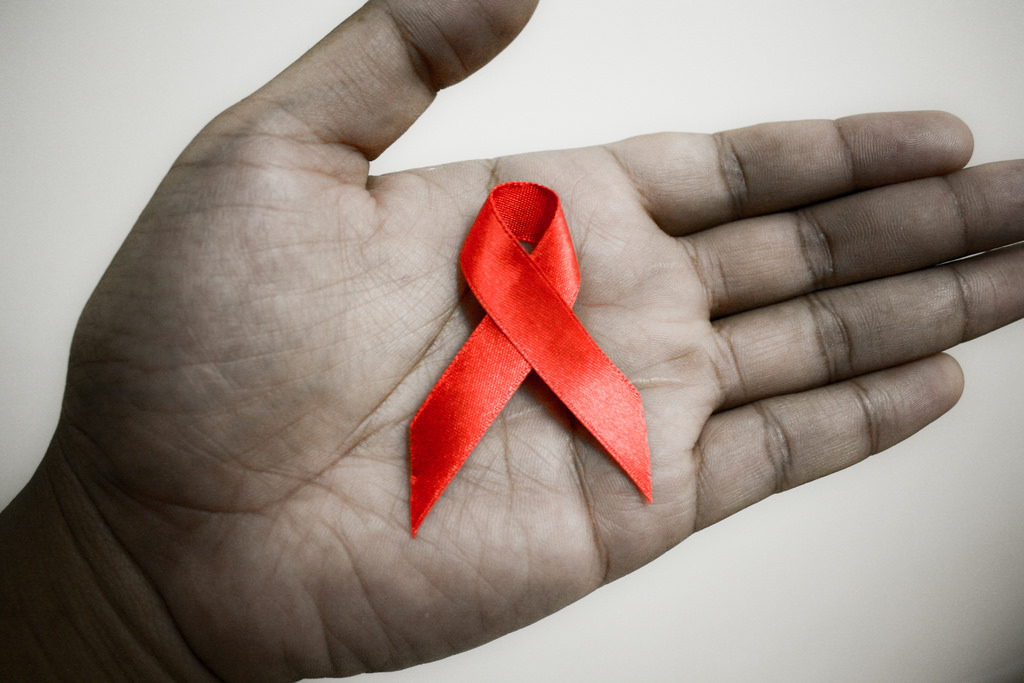
WHO: People Living With ‘Suppressed’ But Detectable HIV Have ‘Almost Zero’ Risk Of Transmission

In new guidance released by the World Health Organization (WHO), people living with HIV who have a suppressed but detectable viral load have an “almost zero or negligible” risk of transmission.
The WHO released the guidance in a policy brief at the International AIDS Society Conference on HIV Science in Brisbane, Queensland, on July 22.
The findings are supported by evidence published in the peer-reviewed general medical journal, The Lancet.
‘We Should Be Expanding Viral Load Access To All People Living With HIV’
According to the report’s authors, including WHO’s Dr Lara Vojnov, “There is almost zero risk of sexual transmission of HIV with viral loads of less than 1,000 copies per ml.
“These data provide a powerful opportunity to destigmatize HIV and promote adherence to antiretroviral therapy through dissemination of this positive public health message.”
In an article by NAM aidsmap, Vojnov explained that the suppressed category means, “there is some virus replicating and present, but too little to be quantified. It could be due to missing doses, recent treatment initiation or drug resistance.”
She added, “We should be expanding viral load access to all people living with HIV using all of the tools that we have, so they can be aware of their status.”
The report reviewed the findings of eight studies that consisted of 7,700 mostly heterosexual couples.
It found that, when the viral load was less than 600 copies per ml, there were no cases of sexual transmission.
When the viral load was less than 1,000 copies per ml, there were two cases of sexual transmission.
Undetectable Equals Untransmittable
Along with the new guidance, the WHO reaffirmed the concept of Undetectable Equals Untransmittable, or U=U.
Undetectable Equals Untransmittable means that people living with HIV who consistently take antiretroviral treatment and maintain an undetectable viral load cannot transmit the virus to their sexual partners.
‘The Potential To Transform The Lives Of Millions Of People’
In a statement, WHO Director-General Doctor Tedros Adhanom Ghebreyesus said, “For more than 20 years, countries all over the world have relied on WHO’s evidence-based guidelines to prevent, test for and treat HIV infection.”
“The new guidelines we are publishing today will help countries to use powerful tools have the potential to transform the lives of millions of people living with or at risk of HIV.”
According to a UNAIDS report, at the end of 2022, 76 percent (29.8 million) of all people living with HIV (39 million) were taking antiretroviral treatment.
Of the 29.8 million taking antiretroviral treatment, 71 percent are living with suppressed HIV.









